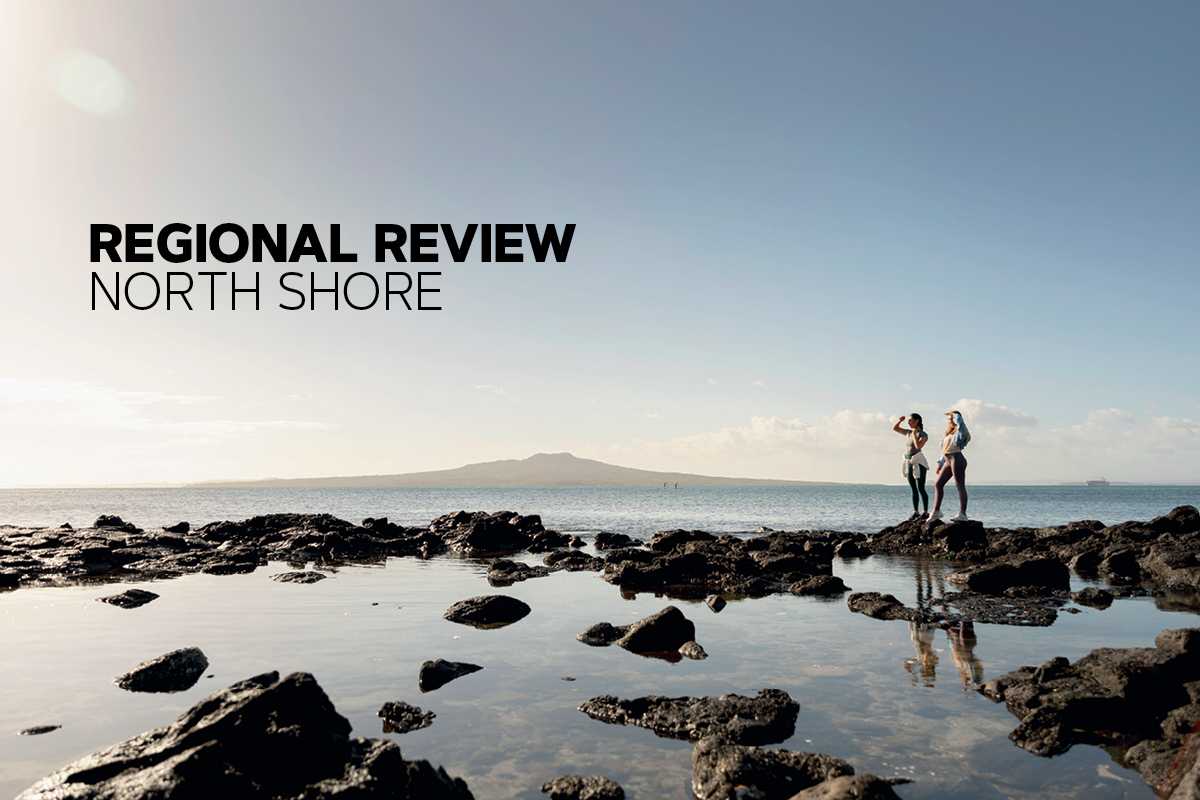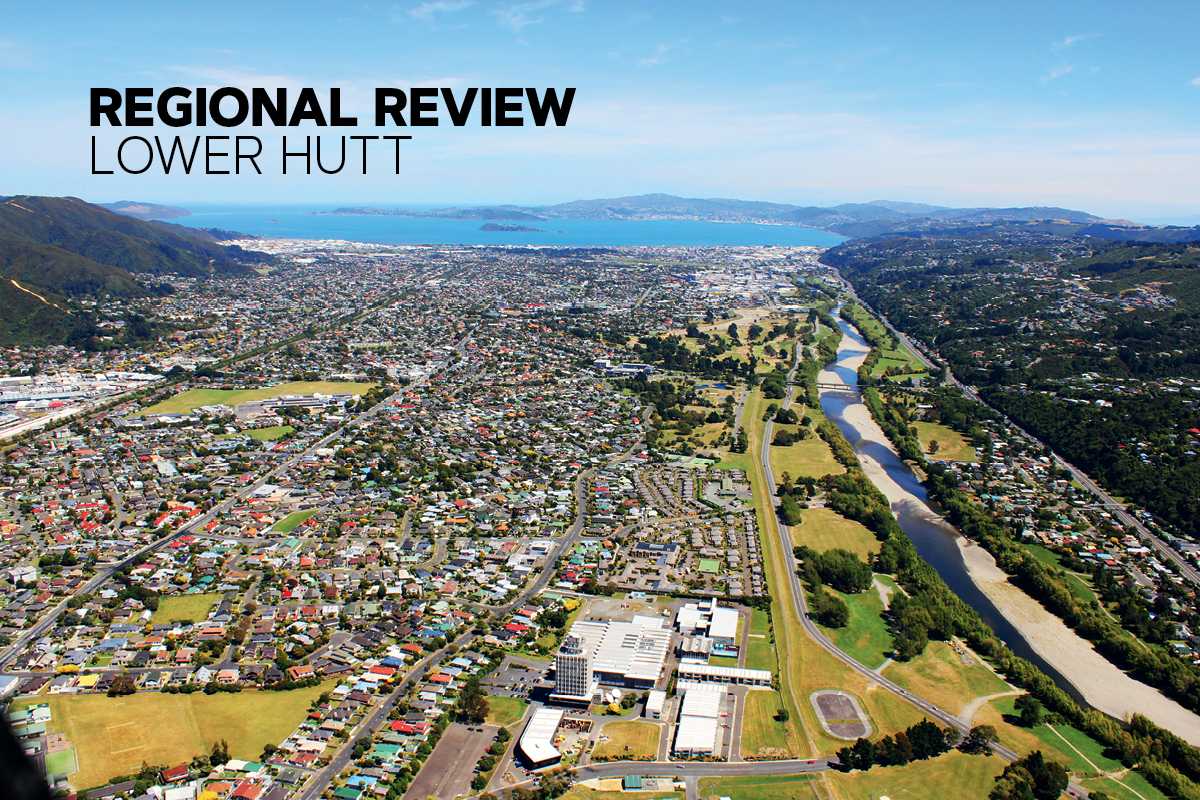
Core Logic Whangarei
Kelvin Davidson, Senior Research Analyst Corelogic
1 May 2019
The Data
Rental data is sourced from the Ministry of Building, Innovation and Employment (formerly the Department of Building and Housing) based on rental bonds lodged. This rental data is supplied to us, grouped into geographic areas based on statistical area units used by Statistics NZ for the census, and as a result do not always match well with common usage suburb names.
The rental data for each area is matched to house price information from our database to determine property prices and therefore yield. The yield is calculated as the annualised rental income divided by the median house value calculated using our E-valuer.
Market Composition
Whangarei’s rental property market is dominated by houses, with a handful of flats in certain suburbs, but no apartments. Of the 391 properties, 332 (85%) are houses, and the remaining 59 (15%) are flats.
The biggest market in terms of rental houses in Whangarei is Ngunguru/Onerahi/Whangarei Heads/ Waipu, with 95 properties. That’s followed by Kamo/Tikipunga/ Kensington with 80.
However, North West Rural is the suburb with the highest concentration of its rental property market in houses (90%), just ahead of Ngunguru/ Onerahi/Whangarei Heads/Waipu and Kamo/Tikipunga/Kensington, both at 88%. The figures for Morningside/Raumanga/Maunu and Whangarei Central/Otangarei are 86% and 75% respectively. Whangarei Central/Otangarei has the most flats (22), and the highest concentration of flats (25%).
House Size, By Bedroom Count
Of the 332 rental houses in Whangarei, none have five bedrooms and only five (all in Ngunguru/Onerahi/Whangarei Heads/Waipu) have one bedroom. There are 20% of rental houses in the two-bedroom bracket and 21% in the four-bedroom bracket.
This leaves almost 60% of Whangarei’s rental house stock in the three-bedroom bracket, which is a pretty typical figure across the country. Each of the five main areas of the city has between 56% and 63% of its rental house stock in this size bracket, which is also a fairly tight range.
In number terms, there are 192 three-bedroom rental houses in Whangarei, with the most in Ngunguru/ Onerahi/Whangarei Heads/Waipu (53), followed by Kamo/Tikipunga/ Kensington (46), and Whangarei Central/Otangarei (37).
Rent And Yield
By matching average value to rent we can look at gross yield for three-bedroom houses in each area. Median weekly rents across Whangarei don’t vary greatly by suburb, with the lowest in North West Rural ($395), not all that far below the highest, in Ngunguru/Onerahi/Whangarei Heads/Waipu ($450).
By contrast, there is quite wide variation when it comes to property prices, with three-bedroom houses in Morningside/Raumanga/ Maunu costing $418,950, right up to Ngunguru/Onerahi/Whangarei Heads/ Waipu, at $638,150.
That variation in values produces a wider range for gross rental yields too. These are relatively low in North West Rural (3.6%) and Ngunguru/ Onerahi/Whangarei Heads/Waipu (3.7%), but more appealing in other parts of Whangarei, at closer to 5%.
Part of the reason for those yields of closer to 5% is strong rental growth over the past year, including 15.8% in Whangarei Central/Otangarei and 7.5% in Kamo/Tikipunga/Kensington.




